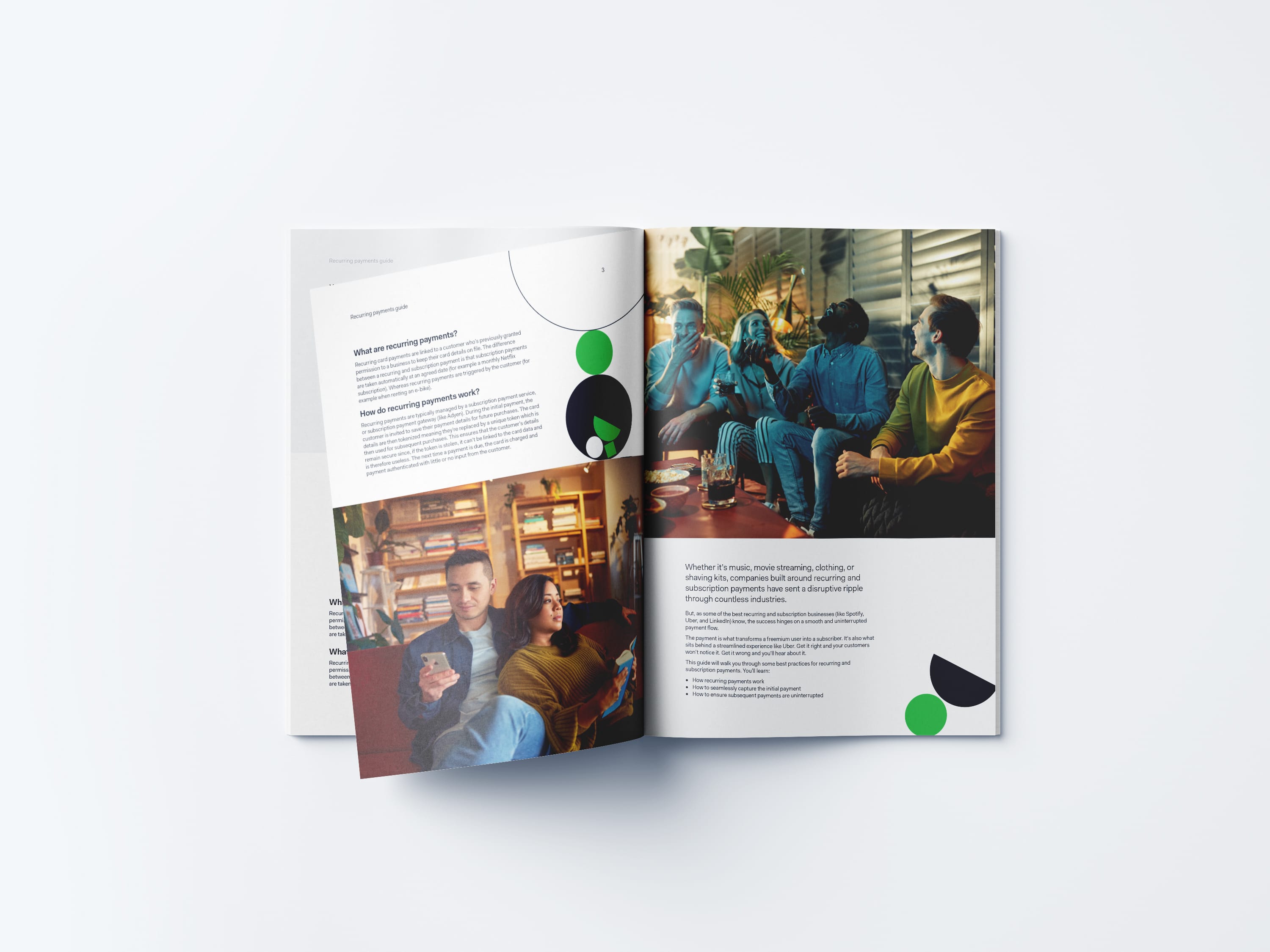
Again - be aware of your medium. Writing for flyers at a conference and headlines in a newspaper advert carry different expectations, but demand the same punch.
Headlines: Rule 1 = H1s should never have a period at the end of a headline. Period. Please try and write around punctuation at all, and where possible work closely with design on approach.
Keep headers short and to the point, making it clear what we want to communicate, while catchy enough that people will want to read the H2 or body. How catchy can we be - could we ask a question? Will the audience appreciate a little humor? Or are we maintaining a strictly-business cadence. Make sure to understand this before we start creating.
Body: Body should convey the crucial details: the crux of the matter.
Let’s say it succinctly, with the Adyen tone in mind. We know what we’re talking about, so that should come through confidently and be informative in a couple of sentences.
CTAs: When writing CTAs for print - make sure they make sense. If it’s a banner for an event - encourage the reader to go wherever the Adyen booth is. If it’s a newspaper CTA - think about the purpose of the advertisement. Be smart about where we want the reader to go. Keep it short. Use QR codes. CTAs can be funny in print but they don’t have to be when exercised properly.
Report/guides/ebooks
Our long-form content is an opportunity to showcase our position as trusted partner, thought leader, and expert in our field. Our writing should therefore lean a little more towards a formal tone compared to our social media and blog TOV. But remember: while we want to demonstrate our depth and breadth of knowledge, we don’t want to send the reader to sleep with dry, long-winded content.
- Keep it clear and concise. Only include the most crucial information.
- Link trends to opportunities. Show the reader why the trend, idea, or product should matter to them.
- Back up claims with data and examples where possible – but don’t swamp the narrative in numbers.
- Work closely with Design to illustrate data in interesting, easy to understand ways.